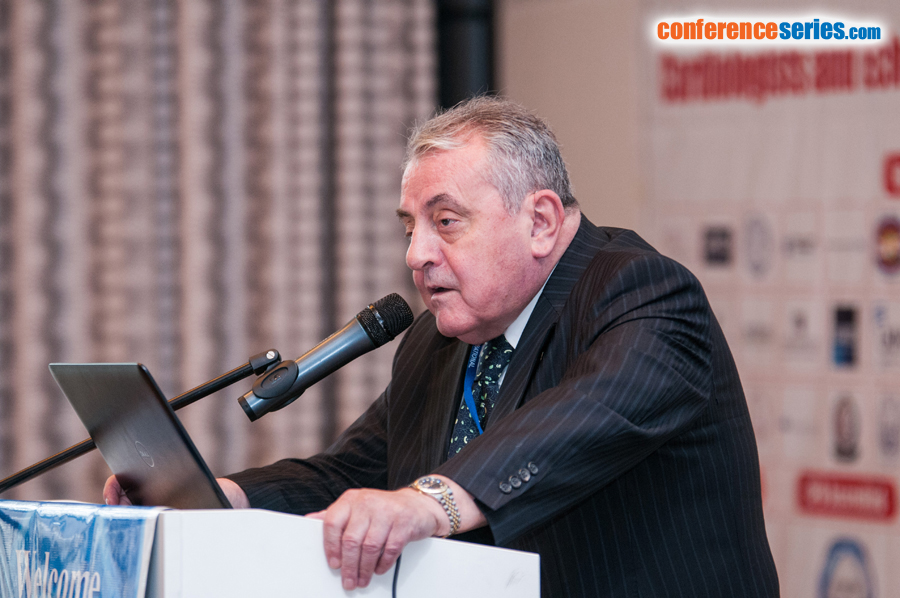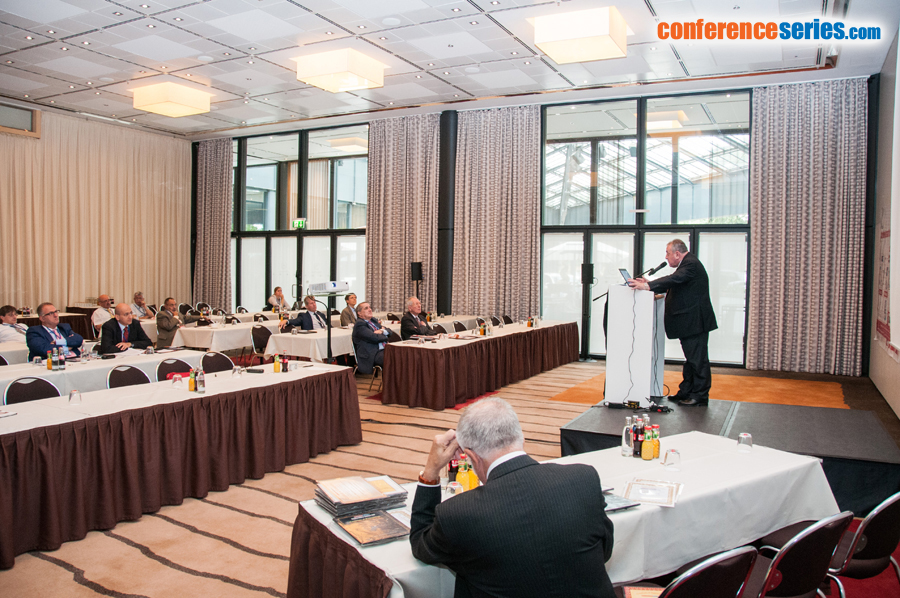
Roland Hetzer
Former Medical Director, German Heart Institute Berlin, Germany
Title: End-stage Heart Failure
Biography
Biography: Roland Hetzer
Abstract
Heart failure has a rapidly increasing incidence in both men and women and is the most prominent heart disease in thernelderly. This is due to the successful treatment of acute heart disease which later on turns into chronic failure. Whereasrnpharmaceutical and electrophysiological concepts have been constantly improved, end-stage heart failure has been approachedrnby various surgical procedures. The majority of cases depends on ischemic heart disease which we described as LOCIMAN (Leftrnheart failure, Occlusion of the Coronary artery, Incompetence of Mitral valve and Left ventricular Aneurysm or Akinesia), Itrnappears to be mandatory to evaluate the relative contribution of these components to heart failure and the relative importancernof surgical procedures (coronary bypass, mitral valve repair and aneurysmectomy) for cardiac improvement. These proceduresrnplay a major role in less than profound heart failure. In such cases, various external support procedures were introduced whichrnmostly have been abandoned as well as the partial ventricular resection procedure (Batista). Heart transplantation is now a wellestablishedrntreatment for end-stage heart failure, enabling a high degree of physical rehabilitation and a mean survival time ofrn12 to 14years. Some of our patients are now living for more than 30 years after transplantation. However, heart transplantationrnis an option offered to only few patients due to limited availability of donor organs. Mechanical circulatory support systemsrnhave achieved clinical application during the last 30 years. Between 1987 and 2014, more than 2300 ventricular assist devicesrnhave been implanted in Berlin to keep patients alive, after which there were three options: bridge to transplantation, bridge tornmyocardial recovery in myocarditis and in cardiomyopathy, first demonstrated by pump explantation and long-term stabilityrnin Berlin in 1995, and as permanent implants. Originally these ventricular assist devices were extracoporeal connected tornlarge driving units. Thereafter, electrical pulsatile systems were introduced; however, these were noisy and bulky. In 1998, thernauthor implanted the first rotary blood pump with continuous flow (MicroMed DeBakey) worldwide. Such systems, which arernsmall and silent, have become the standard in now 90% of cases. These pumps also qualify for long-term use (up to 10 years).rnThey are developed to support the left ventricle; however, they can be also implanted in the right ventricle when necessary.rnMoreover these systems are very useful in elderly patients. Pulsatile extracorporeal systems, i.e. Berlin Heart EXCOR Pediatric,rnare the only one available for end-stage heart failure in infants and young children. The only available total artificial heart isrnthe CardioWest pneumatic system. However, there are some experimental total artificial heart developmental projects goingrnon in Germany, in France and in USA.




